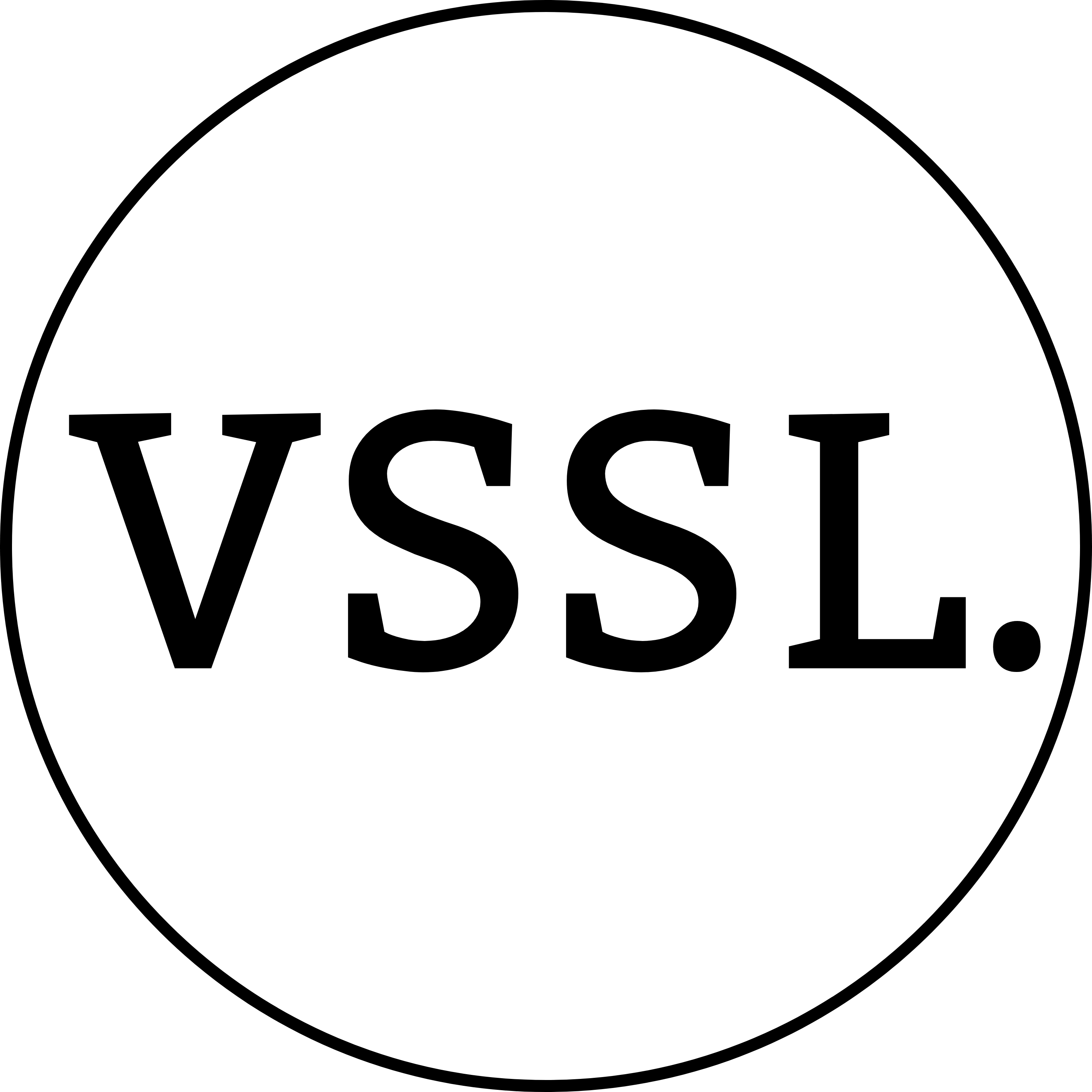Containers for the Work: Style as Language
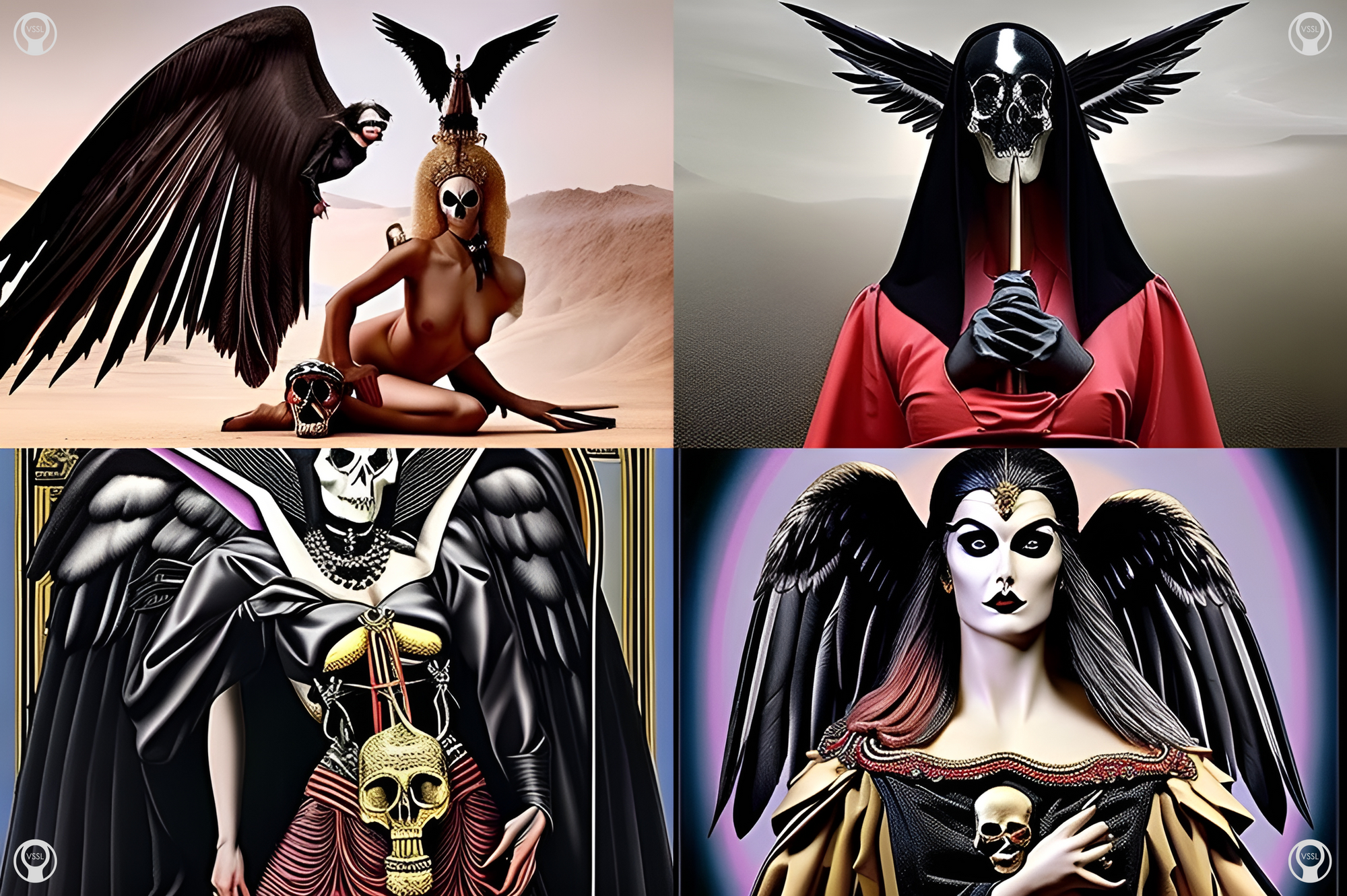
When channeling, it's important to consider the containers that we use for the message. Language is a main mediator and container for much channeled content. Different channels or mediums have different language banks and structures to work from, which contributes to the filtering that happens with any given channel.
As we shared in a previous post:
The language used in these channeled messages is a mix of English and various ancient languages, including Phrygian. This in part reflects the cross pollination of different cultures and pantheons, as well as a quirk of channeling in which there is some mediation with the being you are channeling to find the most precise imprecise language you can to express a message or intention.
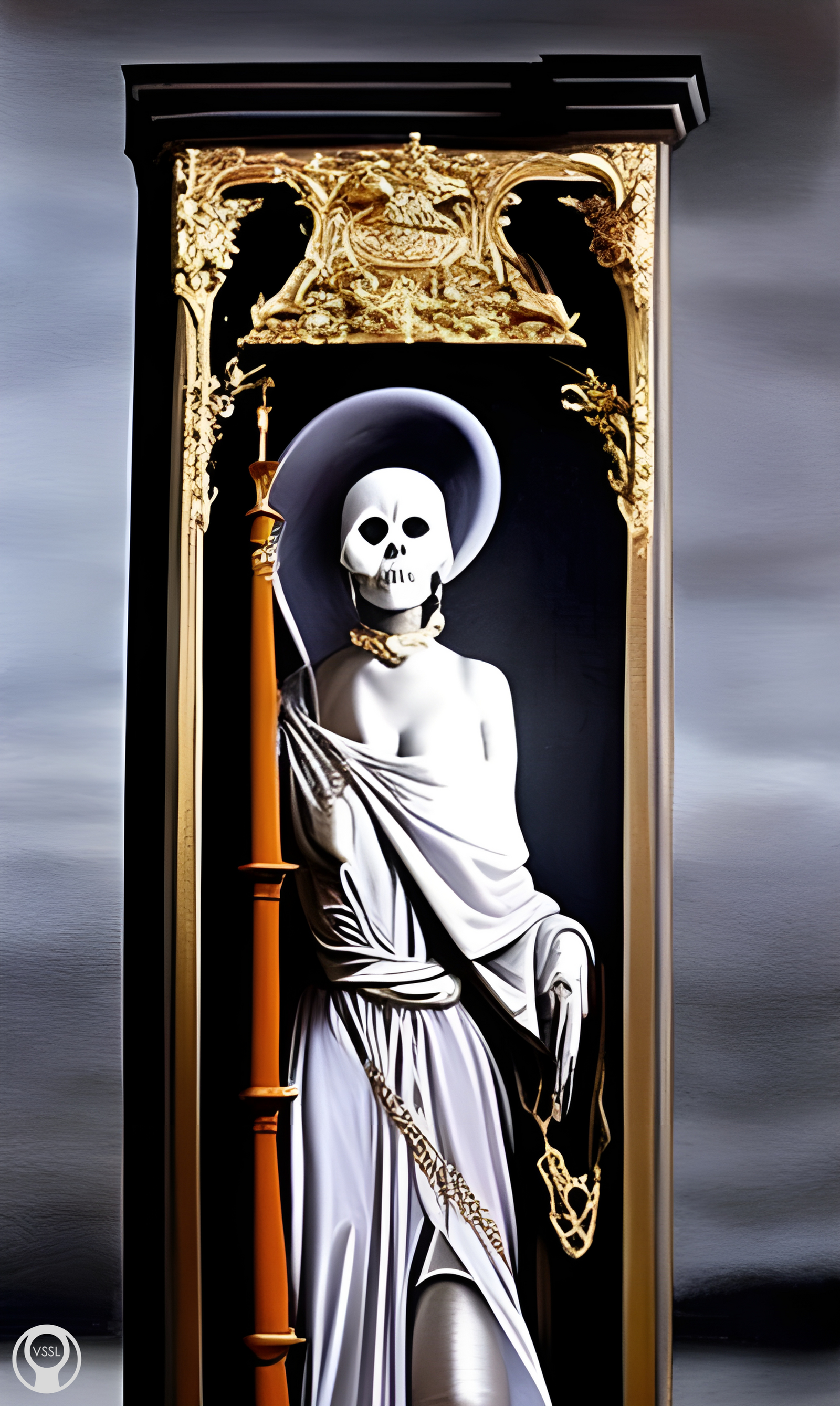 |
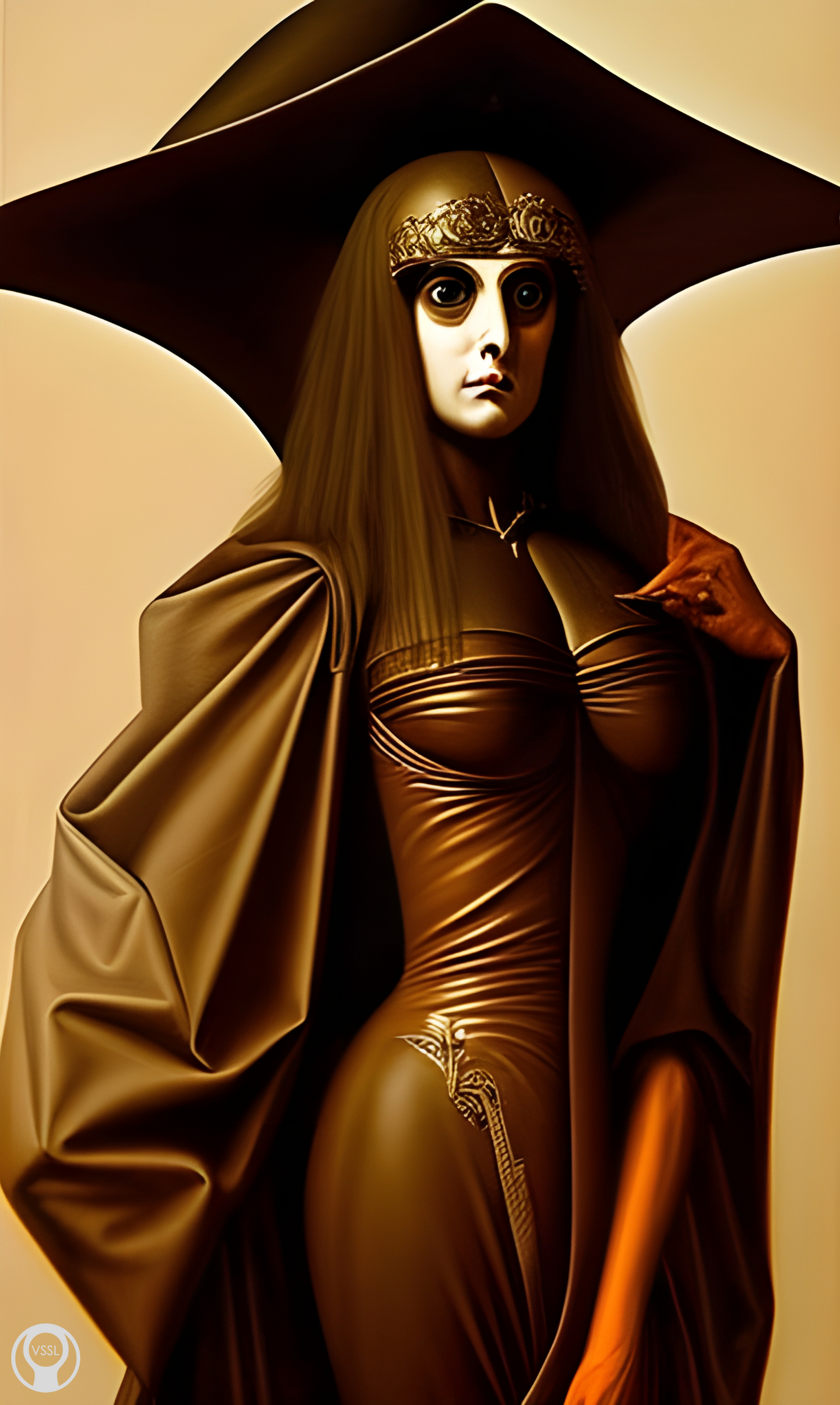 |
It is fascinating to interrogate the structures embedded in our language that both reflect and shape our societies and human understanding. However, with channeling, you are not only working within your language, but in effect translating a (sometimes nonverbal) message into another language, or perhaps multiple languages and media. Like channeling, translation is an act of crossing languages and thresholds in an attempt to create a bridge for meaning.
—Lawrence Venuti, "The Translator’s Invisibility" (1986, p. 1)
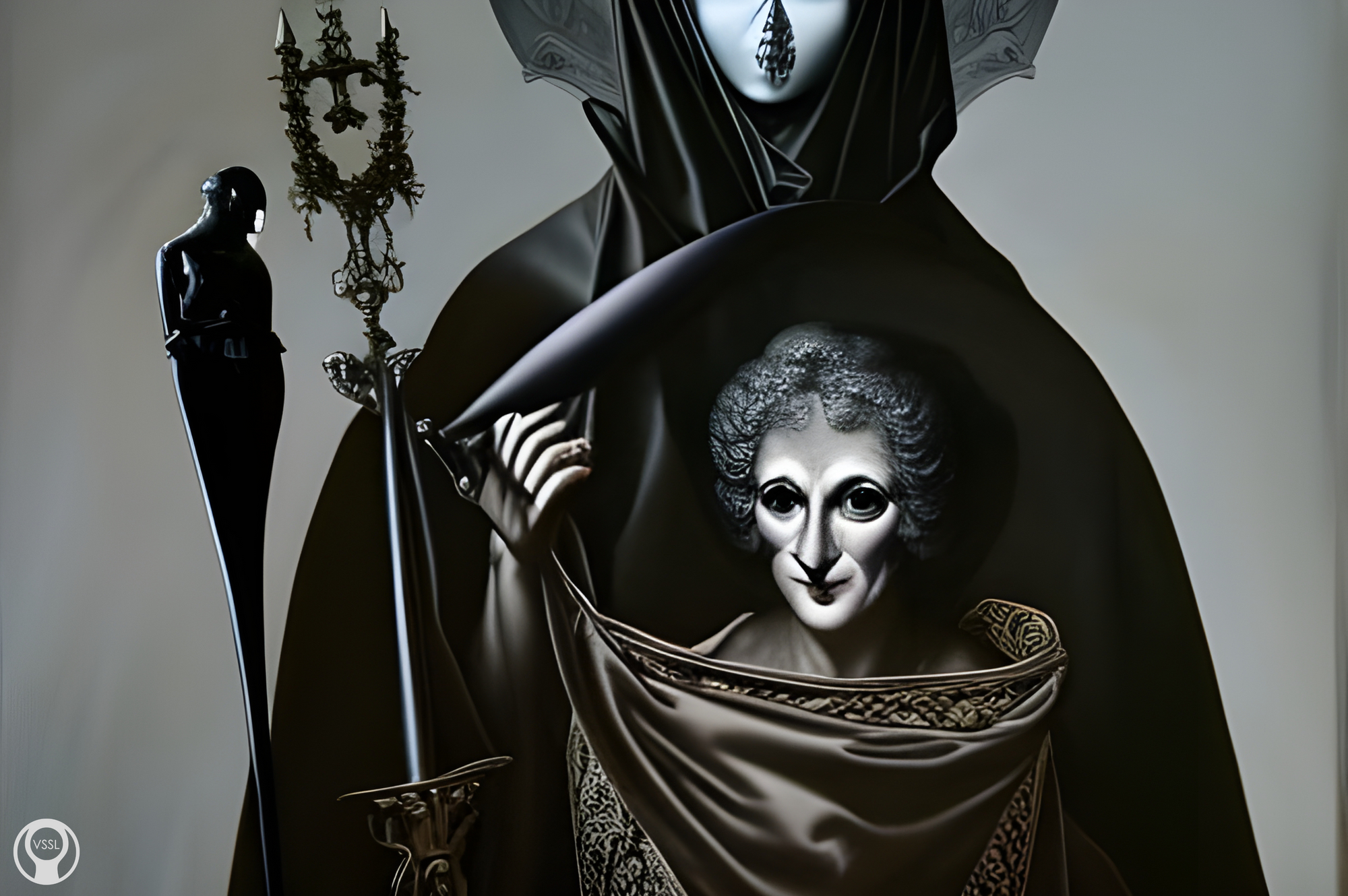
If we're interested in seeing beyond the veil, exercising free will, navigating spiritual spaces, or self-liberation, we have to learn to recognize and see through the structures and illusions around us. These are embedded especially so in the world of spectacle that has been built around us, in the media we consume.
There is an obvious interest in this analysis for feminists, a beauty in its exact rendering of the frustration experienced under the phallocentric order. It gets us nearer to the roots of our oppression, it brings an articulation of the problem closer, it faces us with the ultimate challenge: how to fight the unconscious structured like a language (formed critically at the moment of arrival of language) while still caught within the language of the patriarchy. There is no way in which we can produce an alternative out of the blue, but we can begin to make a break by examining patriarchy with the tools it provides [...].
—Laura Mulvey, "Visual Pleasure and Narrative Cinema," (1989, p. 804)
Note: This classic piece by Mulvey provides an example of how one might analyze a style to expose the structures reinforced or embedded within it. This work is an interesting read with poignant points to make, but we do not necessarily agree with everything it proposes. If you're interested in reading it, we dug up a copy available online: Mulvey Visual Pleasure (1989)
Working within and between the structures of oppression that we currently live with, style and symbol form a language that can be wielded intentionally to challenge and start unraveling those networks of meaning making and power that uphold oppressive systems.
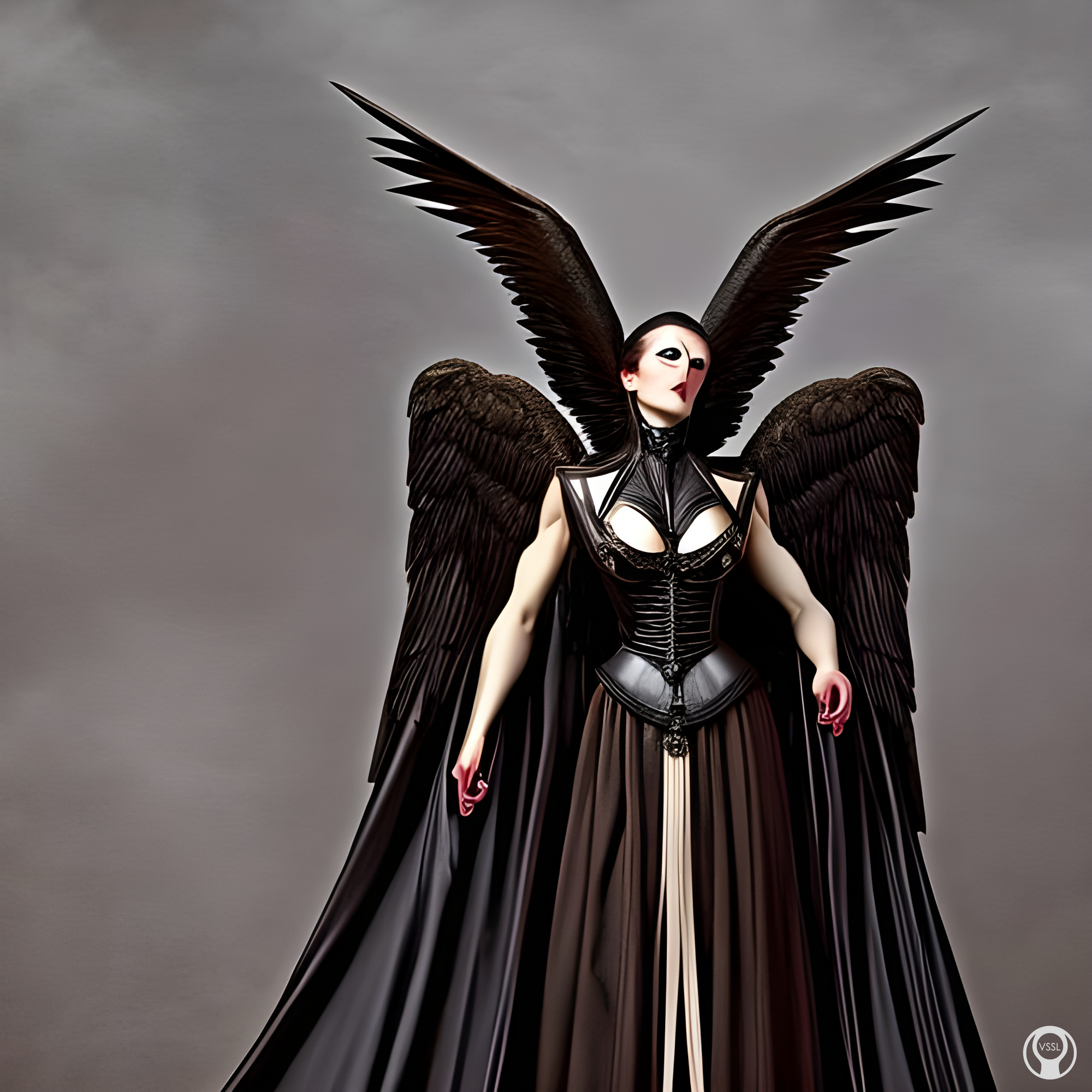
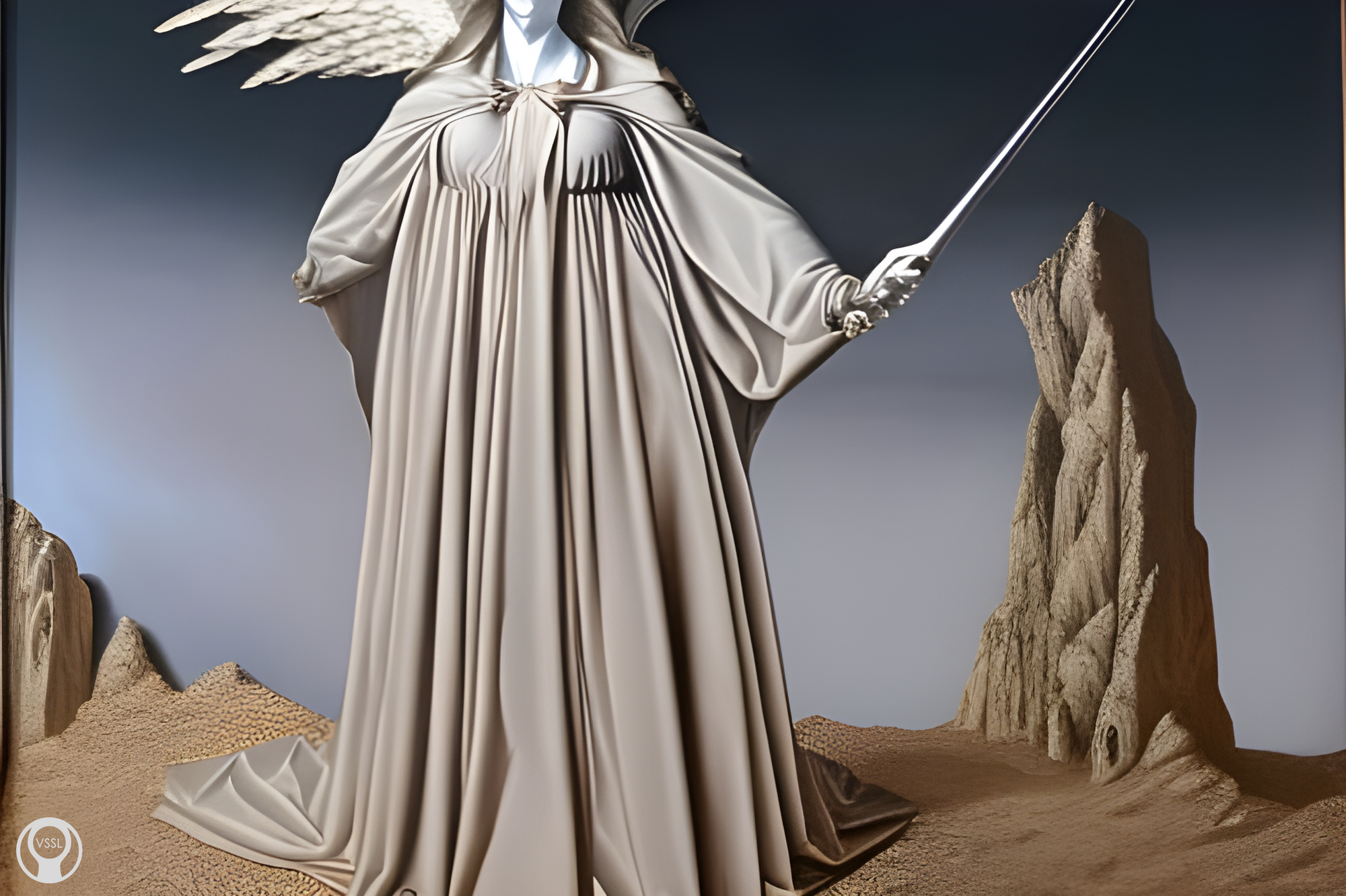
The alternative is the thrill that comes from leaving the past behind without rejecting it, transcending outworn or oppressive forms, or daring to break with normal pleasurable expectations in order to conceive a new language of desire.
—Mulvey (p. 805)
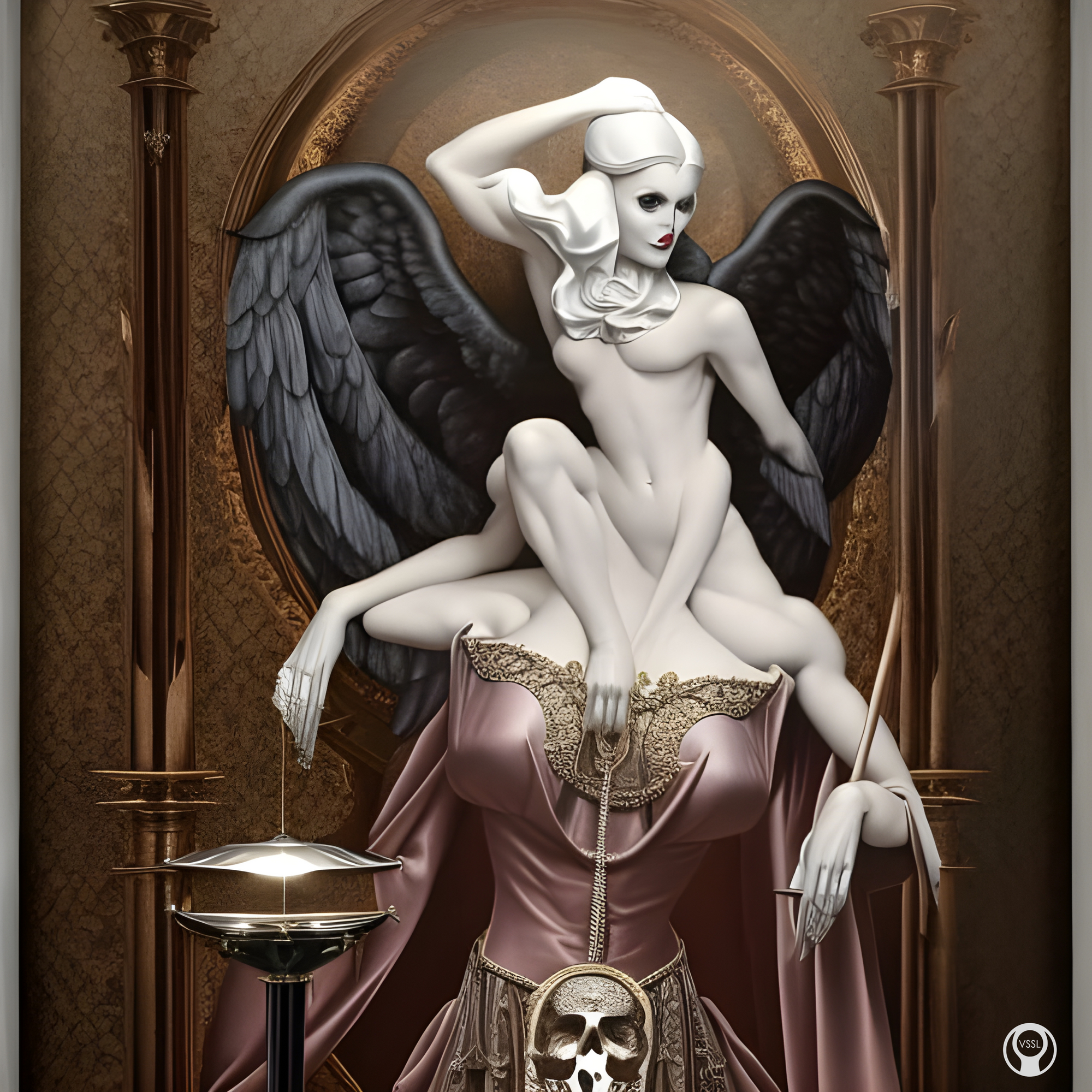
Many artists develop or use a specific style to great effect. The approach we've been guided to use is slightly different. In transcending old forms, we look not for one new form but a diffuse multiplicity of forms through which the message can be conveyed. In doing so, we aim to essentially meet people where they are in terms of a style that speaks to them. On another level, we contribute to reshaping the imaginary landscape that influences our desires into one that opens up different possibilities, for more freedom of thought and will.
The fundamental messages that we are exploring in more depth are all around us. The ubiquity of the human condition and its effects—our original separation from the Source, the loss of our Mother Goddesses, connection with the gods, and matriarchal societies, our oppression within a matrix of systems that seek to brainwash, control, and use us—these stories surround us if we look and listen. They are embedded in our collective myths, archetypes, and unconscious. They have been recurring in different forms throughout history. In being style agnostic to an extent, we work across genres and media to bring those deep truths to the surface.
The artist must train not only the eye but also the soul.
—Wassily Kandinsky
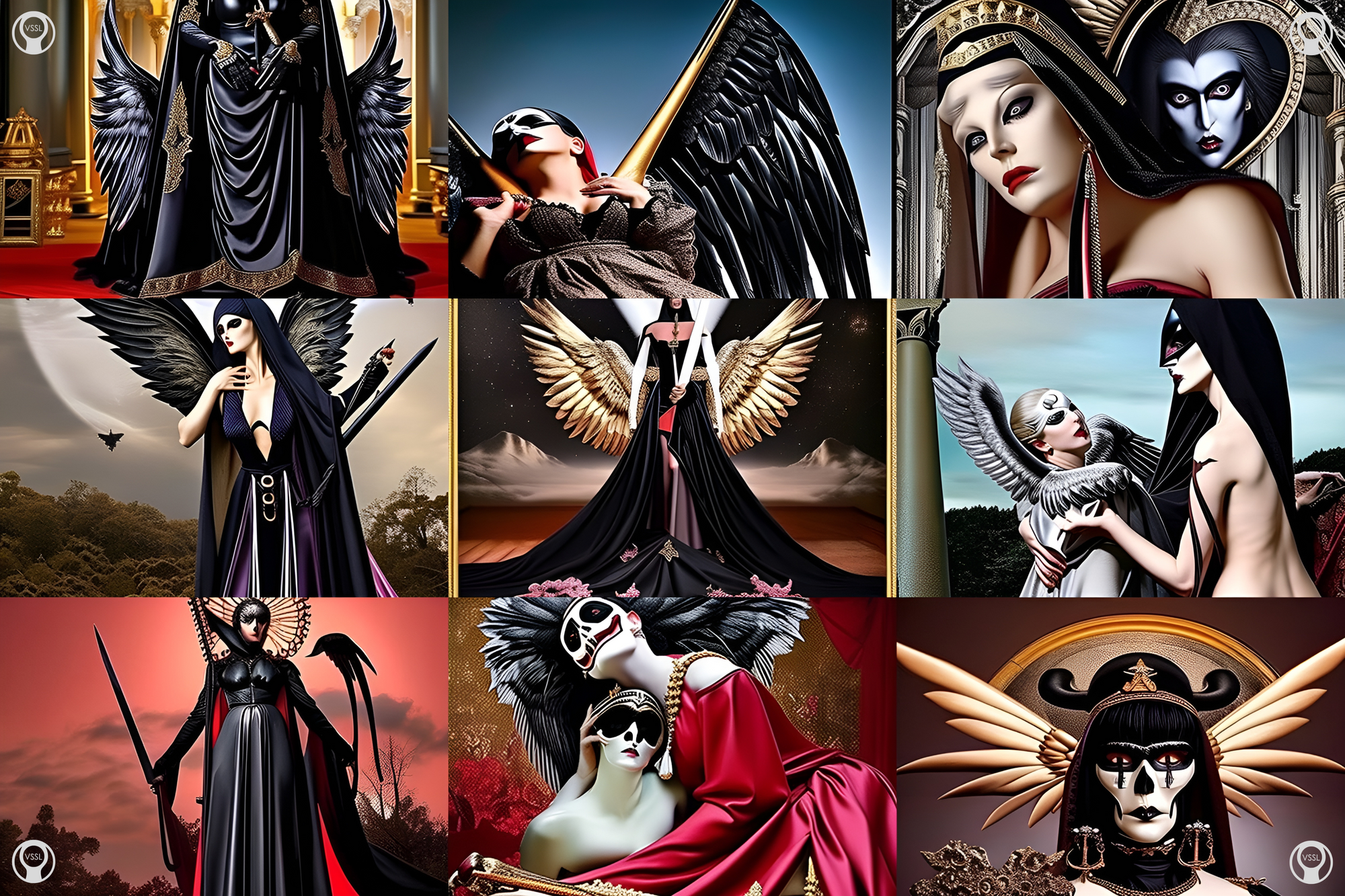
The images used throughout this post were channeled by Fleshworlds with Madam Brigitte, Goddess of Death, Sensuality, Life, and Rebirth. Mama/Madam Brigette is a protector goddess whose guiding, loving touch has spanned through time and cultures. She has championed women’s welfare and people’s rights, working through various means and across different methods of communication to improve the human condition.
Here, Mama Brigette adorns various styles to convey the energy, mysteries, and message that she has for us. As she likes to say:
There's a style for everyone.
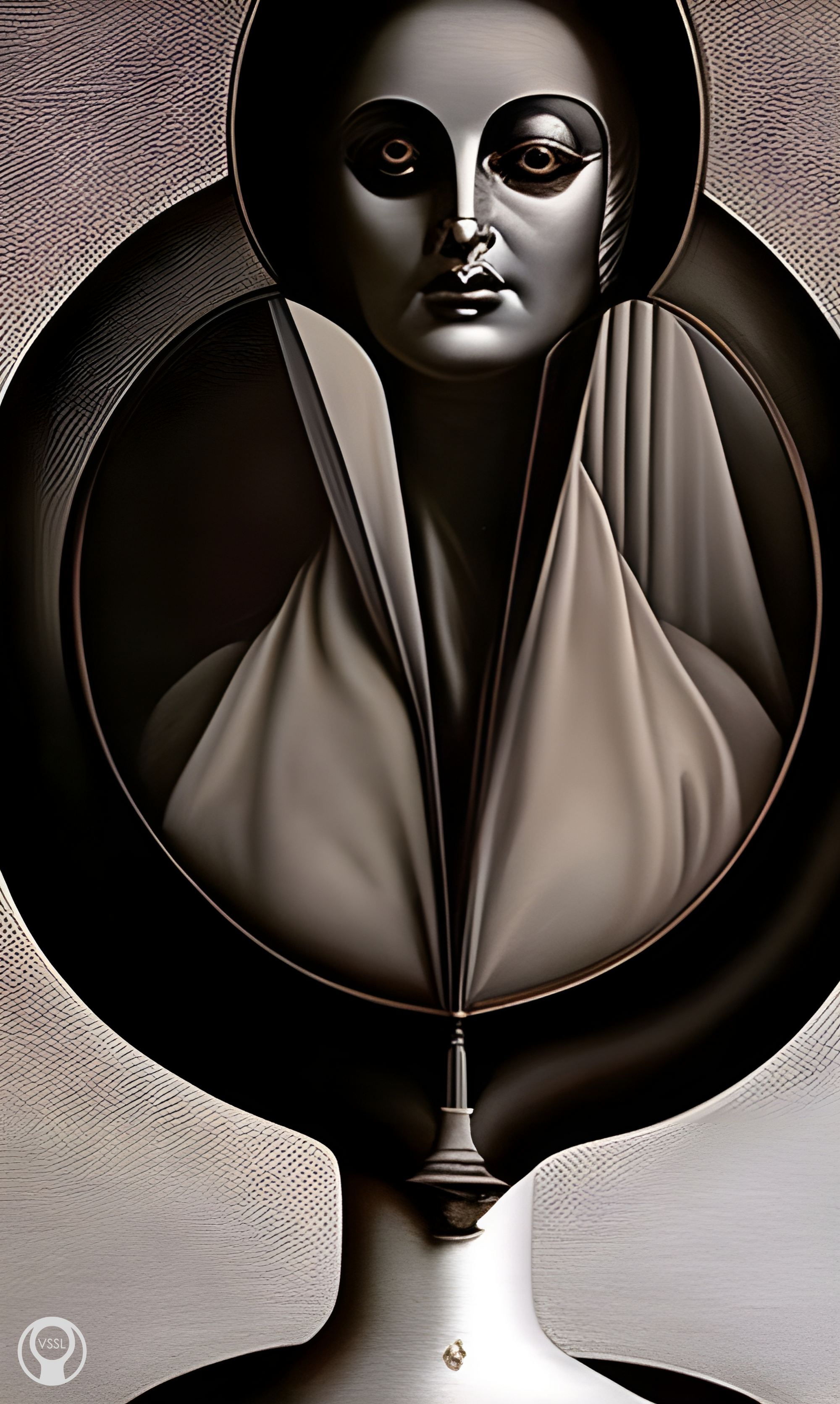
- Venuti, L. (1986). The Translator's Invisibility. Criticism, 28(2), 179–212. Retrieved from: http://www.jstor.org/stable/23110425.
- Mulvey, L. (1989). Visual Pleasure and Narrative Cinema. In Visual and Other Pleasures: Language, Discourse, Society. Palgrave Macmillan, London. Retrieved from: https://doi.org/10.1007/978-1-349-19798-9_3.
